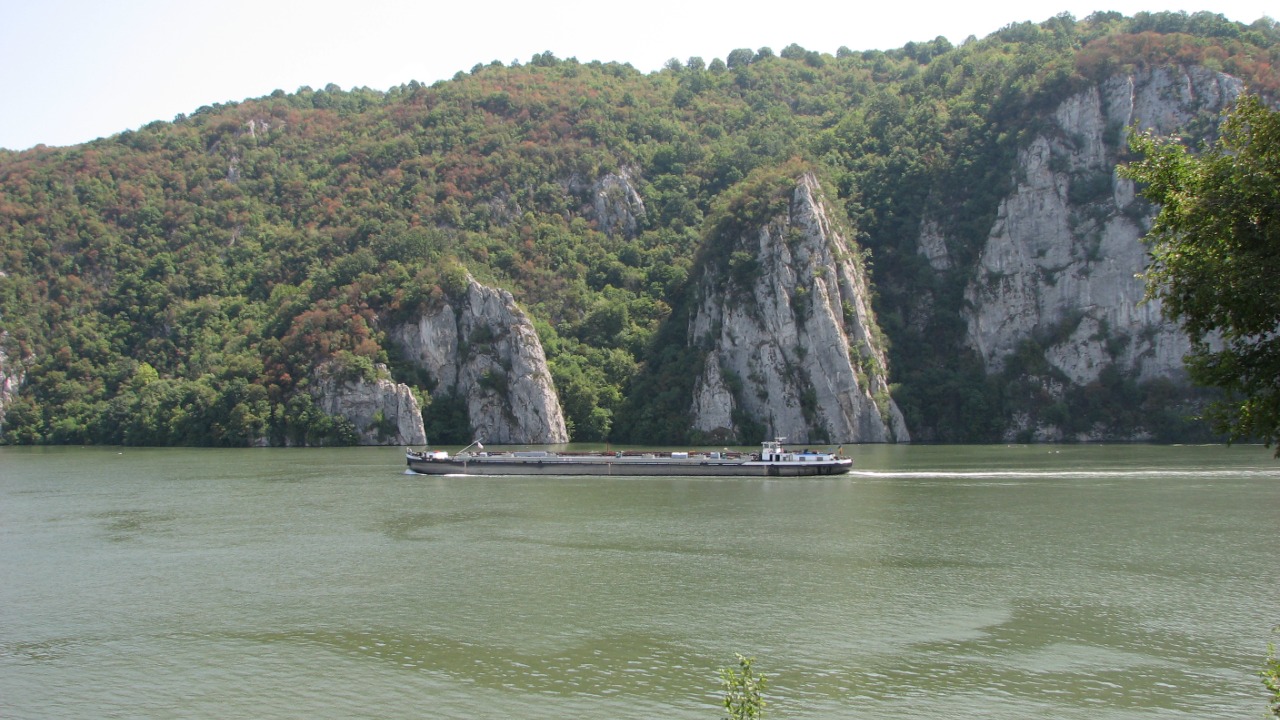
In a remarkable collaboration between professionals and amateurs, archaeologists from the National Museum in Belgrade joined forces with the local “Black Water” diving club to explore submerged sites in Serbia’s Danube River. Their joint efforts led to the discovery of over 300 Roman artifacts in 2023, including coins, jewelry, and tools dating back to the 3rd century AD. This unusually large collection, weighing more than 100 kilograms, has left experts intrigued, with rare items like silver rings and bronze statues hinting at a possible ancient trade route or ritual deposit.
The Collaboration Between Experts and Amateurs
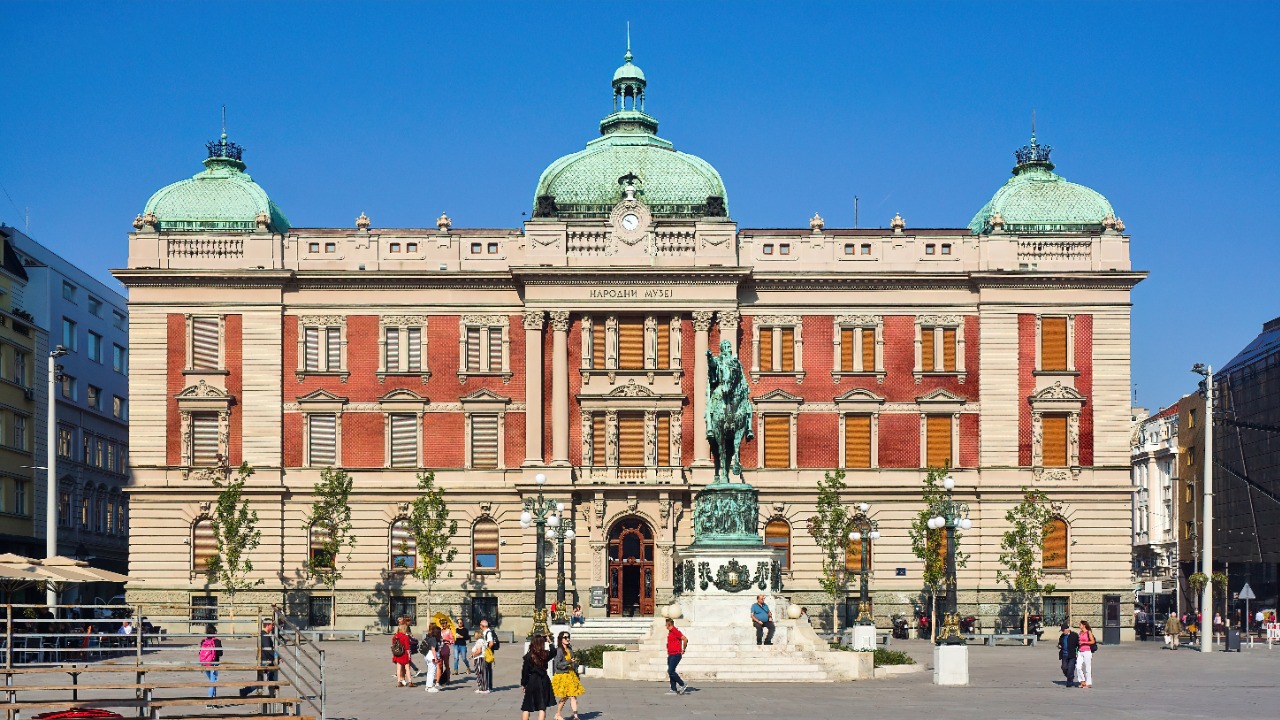
The project was initiated by archaeologists from the National Museum in Belgrade, who recruited members of the “Black Water” diving club in early 2023. This local group of enthusiasts, despite having no formal archaeological training, possessed the specialized diving skills that the professional teams lacked. This allowed amateurs like club president Marko Jovanovic to participate in mapping potential sites.
Training sessions were conducted to equip the amateur divers with the necessary skills to handle artifacts without causing damage. The emphasis was on spotting anomalies during dives rather than independent excavation, ensuring the preservation of the archaeological sites.
The Initial Dives and Site Conditions
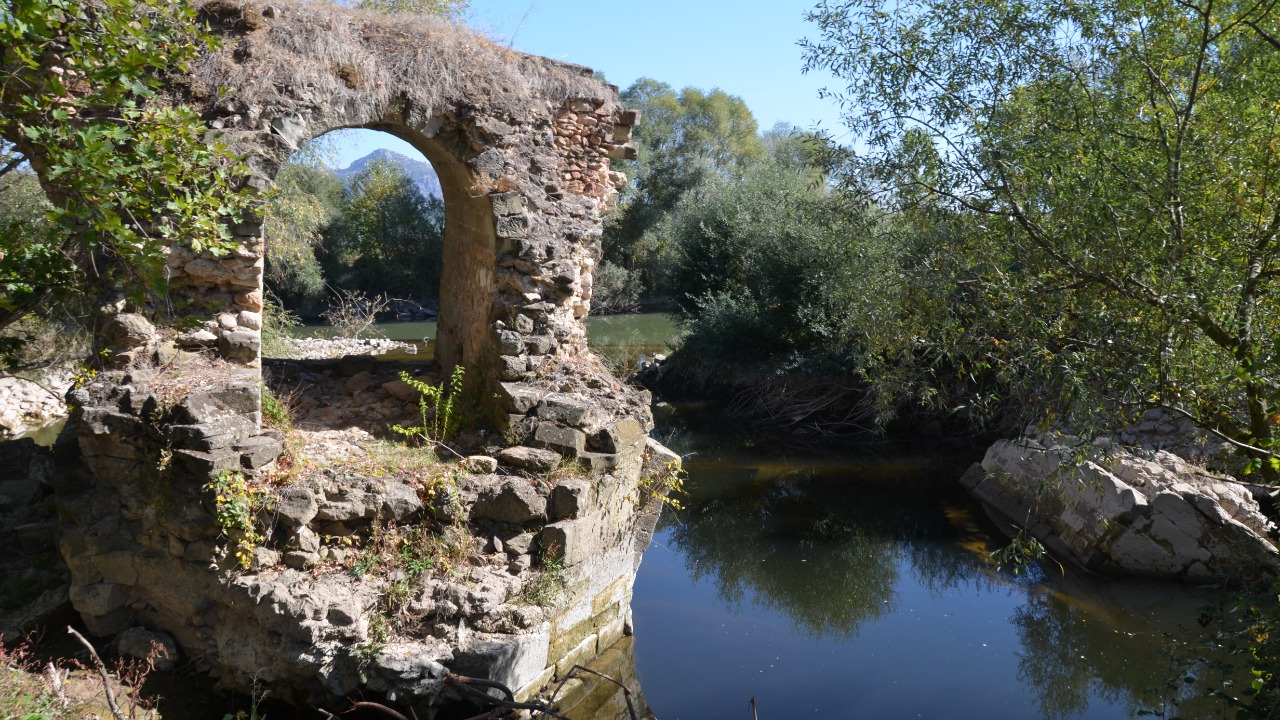
The dives began in spring 2023 under challenging conditions. The divers had to contend with strong currents and low visibility in the Danube’s 5-meter-deep sections near ancient Roman settlements. Despite these difficulties, the amateur divers, equipped with basic scuba gear provided by the museum, managed to scan a 200-meter stretch of riverbed, identifying clusters of metallic objects buried in sediment.
The site’s proximity to the Roman fortress of Sangarius, now underwater due to river shifts, provided historical context for expecting finds from the empire’s frontier era. This added an extra layer of excitement and anticipation to the dives.
Uncovering the Main Artifacts
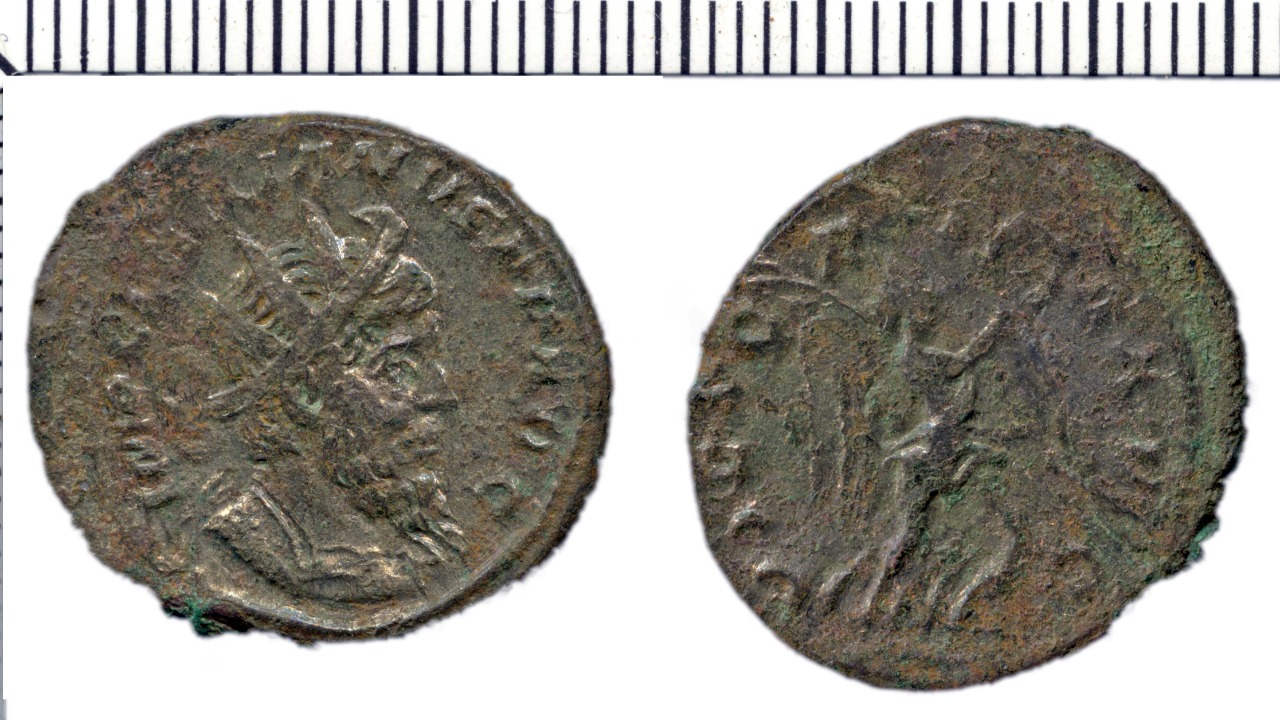
The team’s efforts were rewarded with the recovery of 150 silver coins minted during the reign of Emperor Gallienus (253–268 AD). Each coin, featuring imperial portraits and weighing about 3 grams, was remarkably well-preserved due to the river’s anaerobic mud. Over 50 bronze tools, including hammers and chisels from Roman workshops, were also discovered in a concentrated deposit, suggesting they were lost or discarded in a single event around 250 AD.
Jewelry items were another significant find. The divers found 20 gold rings engraved with Latin inscriptions like “Victoria,” scattered across 10 square meters. These personal belongings likely belonged to traders or soldiers, providing a glimpse into the lives of those who lived during that era.
Analysis of the Treasure’s Scale and Rarity
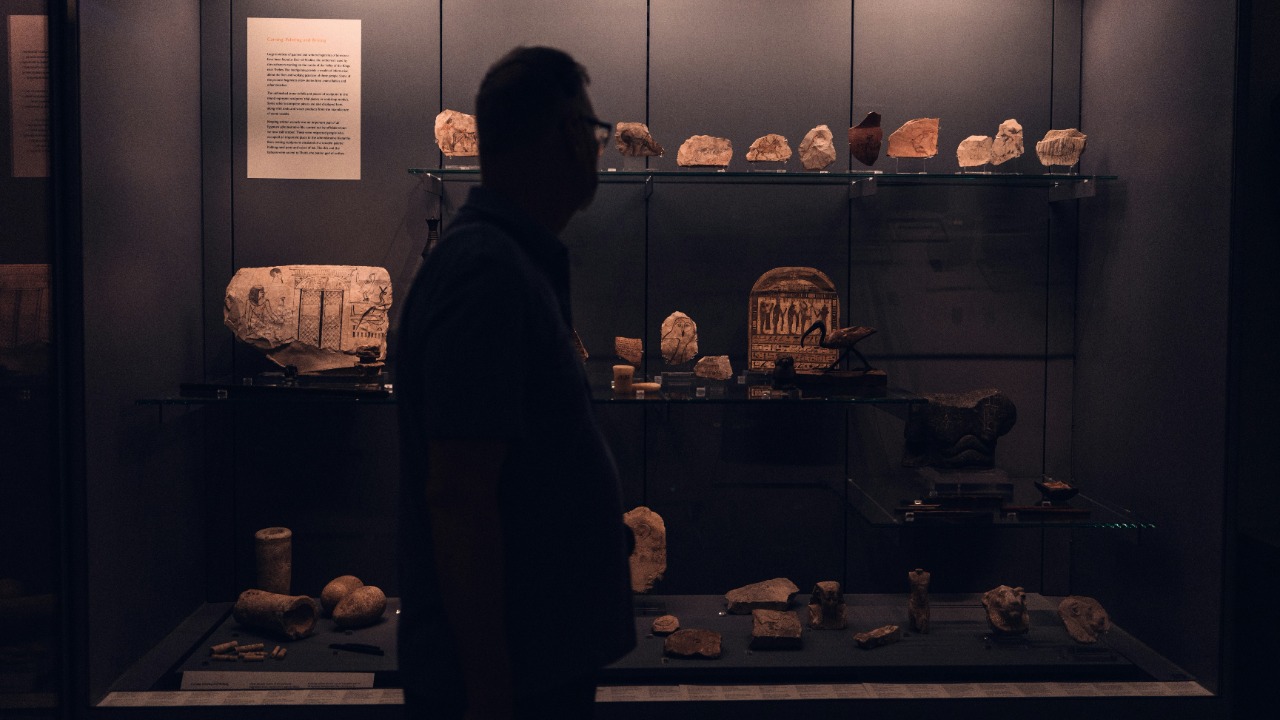
The total collection exceeds 100 kilograms, far larger than typical Roman river finds which average under 10 kilograms. Archaeologist Ivan Rakic described it as “perplexingly abundant” for a non-battle site. Among the rare items found was a 15-centimeter bronze statue of Minerva, intact except for minor corrosion. The statue, valued preliminarily at €50,000, is a testament to the detailed craftsmanship of the late 3rd century.
Conservation efforts at the Belgrade lab revealed no modern contaminants, confirming that all pieces date to 200–300 AD and originate from across the Roman Empire, including Italian workshops. This further underscores the significance of the find.
Historical Implications of the Discoveries
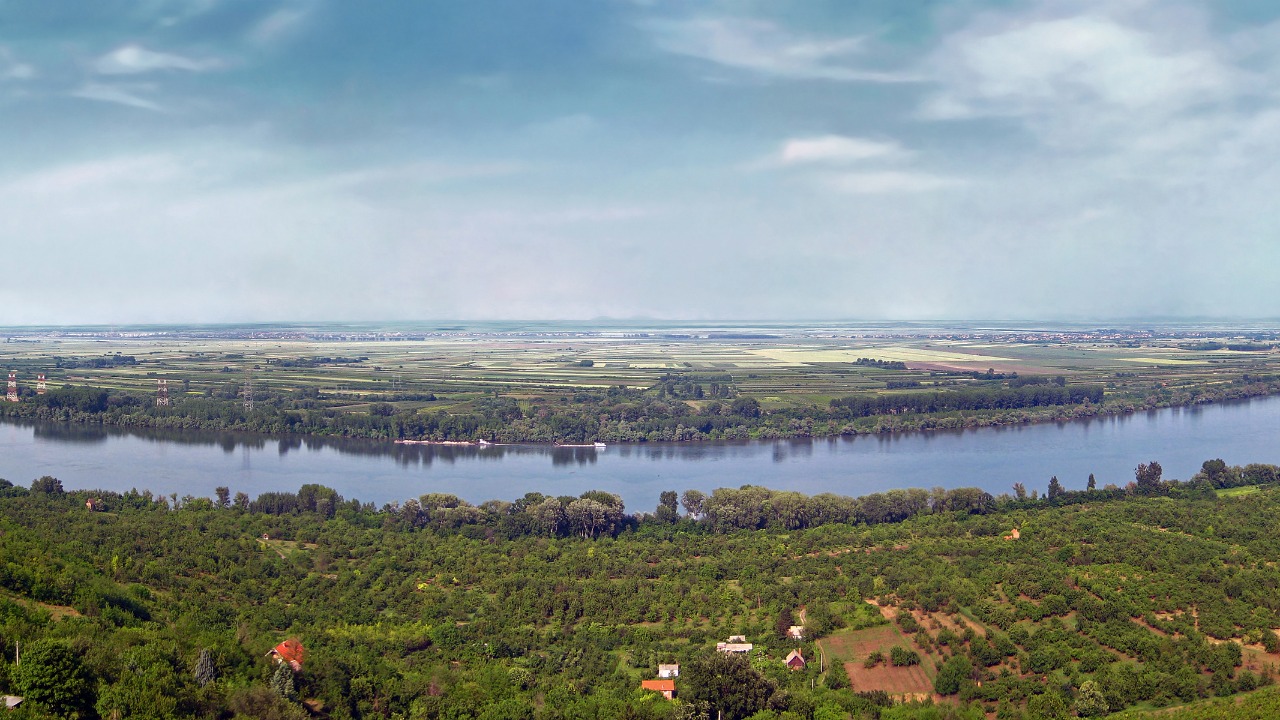
The artifacts point to the Danube as a vital 3rd-century trade artery. The coins show wear from circulation in provinces like Pannonia, supporting theories of economic activity near Ritopek. Evidence of ritual deposition, such as bundled jewelry, aligns with Roman practices of offering treasures to river gods like Danuvius, as noted by historian Dr. Ana Petrovic.
This find fills gaps in knowledge about frontier life, with tools indicating local metalworking guilds active until the empire’s crises in 268 AD. It provides a rich source of information for historians and archaeologists studying the Roman Empire.
Challenges Faced During Recovery
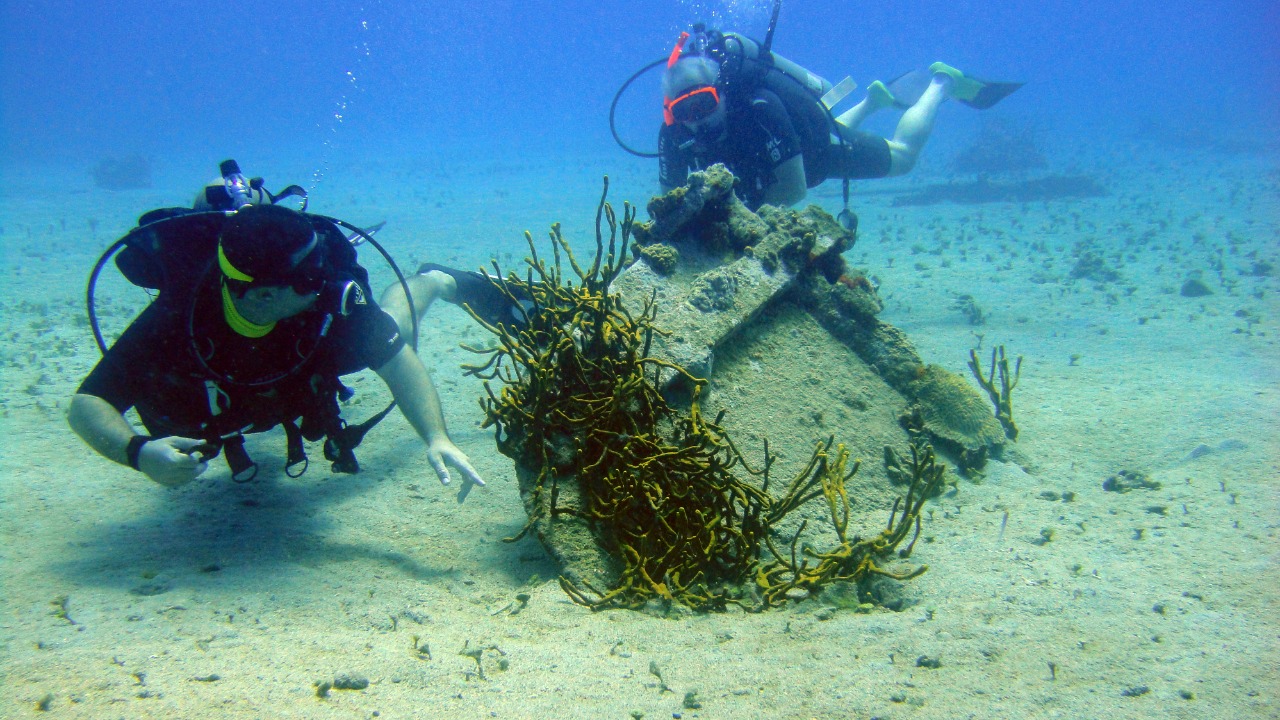
The recovery process was not without its challenges. Strong river currents nearly swept away several divers during a July 2023 dive, necessitating safety protocols like tethered lines and backup teams. The team also encountered illegal looters in the area, prompting the museum to install temporary buoys to mark and protect the site until full excavation in 2024.
Handling delicate items like the Minerva statue demanded improvised underwater cradles. This technique, adapted from amateur fishing gear, was crucial in preventing breakage and ensuring the safe recovery of the artifacts.
Future Plans and Exhibitions

The artifacts will undergo full cataloging at the National Museum through 2024, with digital scans made available online for public access. A temporary exhibit titled “Danube’s Hidden Romans” is scheduled for Belgrade in late 2024, featuring 50 key pieces and crediting the “Black Water” club prominently.
Archaeologists plan follow-up dives with international partners, including from the British Museum, to explore adjacent sites potentially yielding more from the same era. This collaborative approach, combining professional expertise with amateur passion, promises to unearth more treasures from the depths of the Danube.